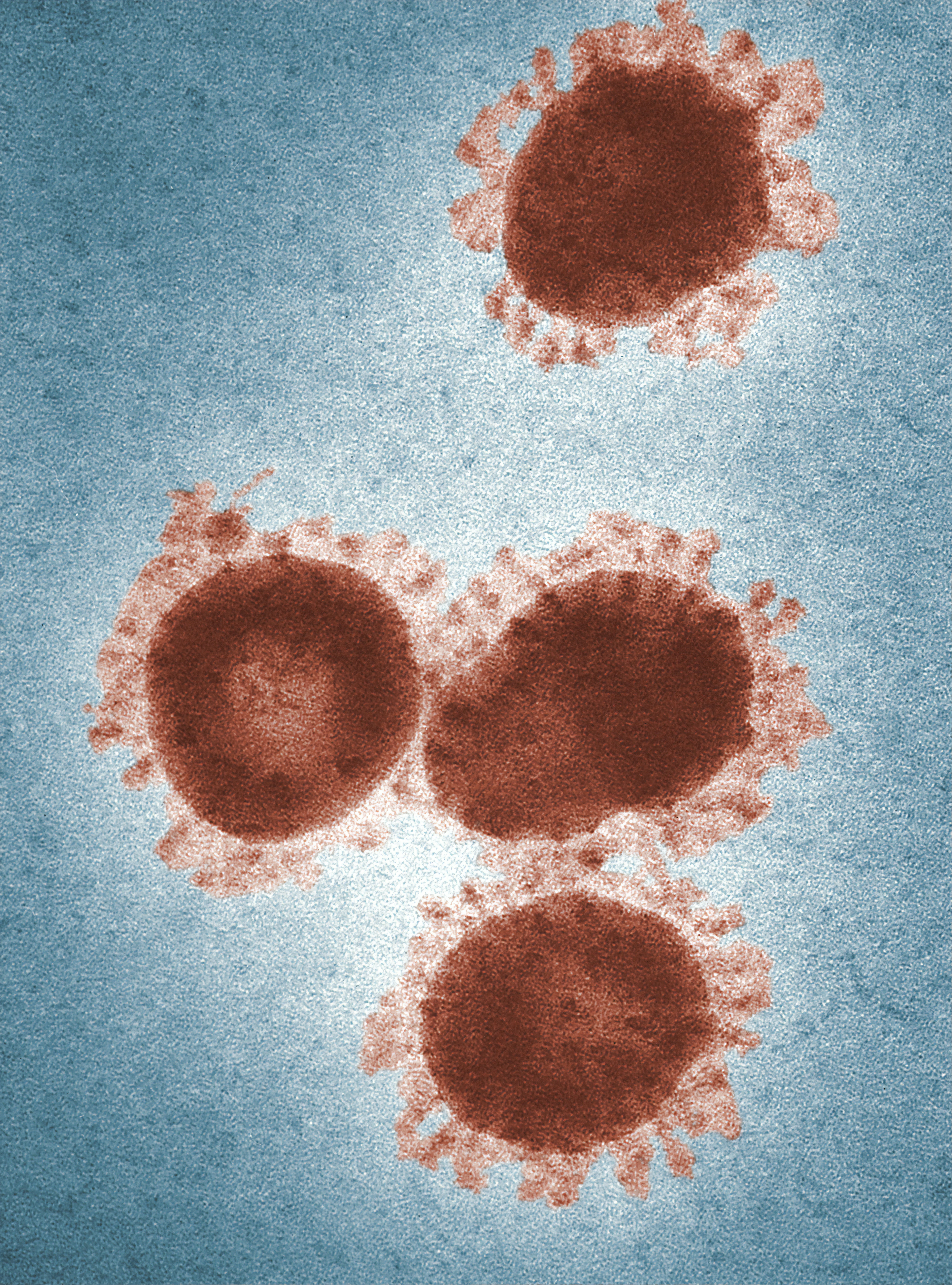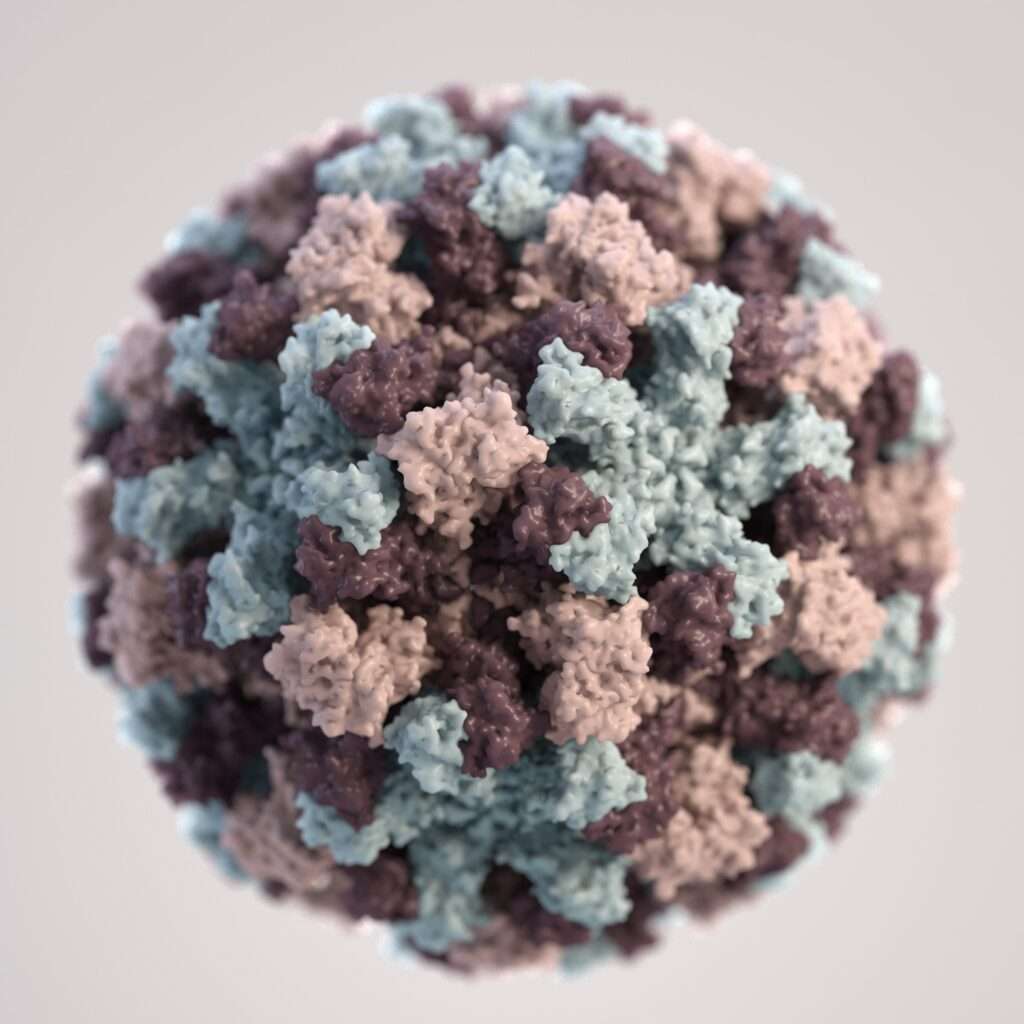Contents of this page cover:
- Introduction to norovirus
- Common symptoms of norovirus
- Norovirus – A global problem?
- Transmission and Vulnerability
- Tips for preventing norovirus infections
- Importance of timely detection and diagnosis of norovirus, and how norovirus test kits and rapid tests can help
- Disinfection and Prevention
- Can activated charcoal kill the virus?
- How long can norovirus live on surfaces?
- Is there a vaccine for Norovirus in 2023?
- Is norovirus a biological hazard?
- Can cats or dogs get norovirus from humans?
- Conclusion
Introduction
Norovirus, a highly contagious virus that causes gastroenteritis, has affected people around the world. It leads to symptoms such as vomiting, diarrhea, and stomach pain, often leaving its victims feeling miserable. This blog post will explore various aspects of norovirus, including how it spreads, the areas it affects, and ways to combat it. We will also address some frequently asked questions and dispel some myths surrounding this virus.
What are the most common symptoms of Norovirus in 2023?

The symptoms of norovirus have remained consistent over the years, including in 2023. The most common symptoms of norovirus infection include:
- Nausea
- Vomiting
- Diarrhea
- Stomach pain or cramps
- Low-grade fever
- Muscle aches
- Headache
- Fatigue or weakness
Symptoms usually appear 12-48 hours after exposure to the virus and generally last for 1 to 3 days. Although norovirus symptoms can be uncomfortable, they are typically self-limiting and resolve on their own without any long-term complications. However, it is essential to stay hydrated during the illness, as dehydration is a common concern, particularly for young children, the elderly, and people with weakened immune systems.
Norovirus: A Global Problem
Norovirus is a global problem, affecting people in various locations like San Antonio, Austin, Boston, Michigan, San Diego, and even as far as Australia. In the United States, norovirus outbreaks have been reported in Alabama in 2023, and Massachusetts has also experienced a surge in cases during the same year. The norovirus ICD 10 code, which classifies it as a gastroenteritis-causing illness, highlights its prominence as a public health concern.
Transmission and Vulnerability

Norovirus is easily transmitted through contaminated food, water, surfaces, and close contact with an infected person. While everyone is susceptible to the virus, infants, the elderly, and people with compromised immune systems are particularly vulnerable. Even pets, such as cats and dogs, can potentially catch norovirus from humans, although it is relatively rare.
What can you do to prevent the virus?
To help you avoid getting sick, we’ve put together this easy-to-follow guide based on the CDC‘s recommendations for preventing norovirus infections.
Practice Good Hand Hygiene
Washing your hands thoroughly and often is one of the most effective ways to prevent the spread of norovirus. Make sure to wash your hands with soap and water for at least 20 seconds, especially:
- Before preparing, serving, or eating food
- After using the restroom or changing diapers
- After handling or touching contaminated surfaces or objects
- Wash Fruits and Vegetables Thoroughly
Before consuming fruits and vegetables, wash them carefully to remove any potential traces of norovirus. Additionally, cook shellfish like oysters and clams thoroughly before eating, as they can sometimes harbor the virus.
Clean and Disinfect Contaminated Surfaces
If a surface has been contaminated by vomit or feces, it’s essential to clean and disinfect it immediately. Use a bleach-based solution (5-25 tablespoons of bleach per gallon of water) to effectively kill the virus. Wear gloves while cleaning, and be sure to dispose of any contaminated items or materials properly.
Handle Soiled Laundry Carefully
When dealing with clothes, bedsheets, or other items that have been soiled by vomit or feces, handle them with care to avoid spreading the virus.
Testing and Rapid Detection
Norovirus test kits and norovirus rapid tests are crucial in detecting the virus, helping prevent its spread, and enabling timely medical intervention. Timely diagnosis can make a significant difference in the management of an outbreak and the reduction of severe cases.
Disinfection and Prevention – Does Lysol Kill Norovirus?
One of the most pressing questions about norovirus is how to kill it effectively. It is essential to know that not all disinfectants are effective against the virus. While Lysol and Dettol are popular choices for disinfection, they might not be enough to eliminate norovirus. The Environmental Protection Agency (EPA) provides a list of approved disinfectants that are effective against norovirus, which should be used to clean surfaces and limit the spread of the virus.
Can activated charcoal kill norovirus?
Activated charcoal, is a popular remedy for gastrointestinal issues but is not proven to kill norovirus. It might provide some relief from symptoms but should not be relied upon as a treatment or prevention method.
Norovirus on Surfaces – How long can Norovirus live on surfaces?
Norovirus is notorious for its ability to survive on surfaces for extended periods. Studies have shown that it can live on surfaces for up to several days, emphasizing the importance of thorough cleaning and disinfection to prevent transmission.
Vaccines and Immunity
In 2023, a norovirus vaccine has been developed, offering hope for better control and prevention of the virus. However, the vaccine’s effectiveness and availability are still being evaluated, and it is not yet widely accessible. Until the vaccine becomes more readily available, practicing good hygiene, handwashing, and proper food handling remain crucial in preventing the spread of norovirus.
Can you get norovirus twice?
The misconception that you cannot get norovirus more than once is false. Once immunity to the virus fades, it’s possible for another infection to occur. There are multiple strains of the virus, which can contribute to the possibility of getting norovirus more than once. As per the estimations and evaluations, it has been estimated that a person will get infected by norovirus about 4-5 times during their lifetime. Norovirus outbreaks occur throughout the year. However, a majority of the outbreaks were reported during the time period of November to April.
Is Norovirus a Biological Hazard?
Considering the ease with which norovirus spreads and it’s potential to cause widespread illness, it can be considered a biological hazard. However, it is important to note that norovirus is generally not life-threatening for healthy individuals. The primary concern is dehydration due to vomiting and diarrhea, which can be managed with proper rehydration and medical care.
When was Norovirus Discovered?

Norovirus was first identified in 1972 after an outbreak at an elementary school in Norwalk, Ohio. Since then, the virus has become a well-known cause of gastroenteritis—and new strains are constantly emerging and causing outbreaks around the world.
Can cats or dogs get Norovirus from humans?

While norovirus is known to affect humans, some people have wondered whether their pets can also get norovirus. Sadly, cats and dogs can get infected with norovirus, but the good news is, it is a rare instance. The primary mode of transmission for norovirus is human-to-human, and the risk to pets is minimal. However, in order to save your pets from catching the norovirus, it is still strictly advised to practice good hygiene and handwashing around your pets, especially if you or someone in your household is infected with norovirus.
Is there any Norovirus Vaccine in 2023?

While there is a vaccine in development, it is not yet widely accessible. Therefore, awareness of how norovirus spreads, the use of approved disinfectants, and debunking myths surrounding the virus are crucial in the ongoing battle against this persistent bug.
Conclusion
Norovirus is a persistent and easily transmissible virus that has affected people in various locations, including San Antonio, Austin, Michigan, and Australia. It can affect humans and, in rare cases, pets such as cats and dogs. To manage outbreaks, prevention, and control are the most important elements. Effective disinfection practices, hand hygiene, and proper food handling play a critical role.
We have curated a list of 10 Foods That Help with Nausea. Don’t forget to check it out.
